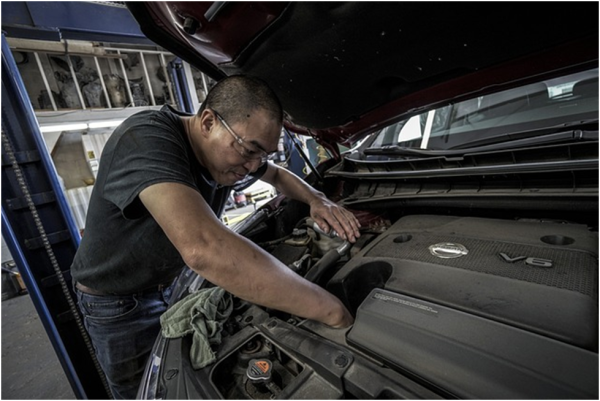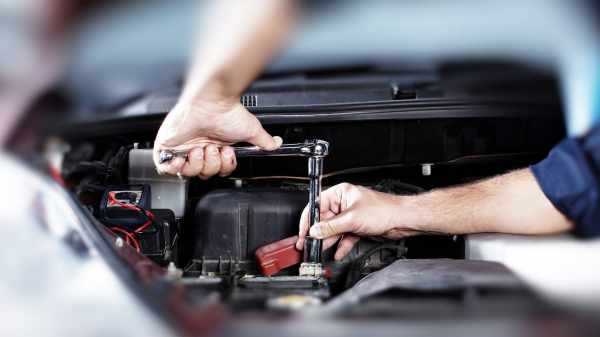You have probably listed car maintenance as an expense in your monthly budget. Therefore, you have money to cover weekly costs like gas, washing, insurance, and parking. Maybe, you’ve also set up a separate account to save for monthly car repairs or annual maintenance. But what about emergency repairs? Sometimes, you drive into a repair shop for regular maintenance, and they discover issues they have to sort out before you leave. On other days, your car may break down on the road, and you tow it to a repair shop. These are the extra maintenance costs. Here’s what to do.

How to Prepare for Emergency Car Costs
Many factors influence car maintenance costs. They include the car model, replacement parts, and the repair shop. Thus, beyond worrying about how much it’ll cost to repair your car in an emergency, there are other things you have to take care of beforehand. We’ll discuss everything.
Never Skip Maintenance
Issues escalate fast and become expensive repairs. That’s why you need a maintenance routine that catches these issues quickly. For example, you might notice a small crack in your windshield and fail to get it checked. With time, it becomes windshield damage that requires a replacement.
Improve Your Credit Score
A loan can finance emergency repairs. It’s fast, and you can get as much as you need. However, a lender might ask about your credit score. Therefore, it’s better to prepare for such a situation now. There are ways to get a loan with bad credit, but such loans have high-interest rates.
One of the ways to boost your credit score is to pay your debts. To do that, reduce your monthly expenses to have money to clear debts. You might realize you have enough money in your paycheck to get a cash advance loan for emergency car maintenance.
For instance, when you ask for a payday cash advance online, you write a check for the lender to get their money from your next paycheck. It’s fast; thus, it can cater to your emergency. Don’t forget it has a short repayment period, and the interest rate accumulates rapidly.
Start an Emergency Fund
Your emergency fund should cover living expenses for up to six months. It might be stressful as you start to save. You might even give up or feel like it’s impossible. Therefore, set up automatic deposits from your current account to a specific bank account for your emergency fund.
To estimate how much you’d need for emergency car maintenance and household expenses, check old receipts to see how much you are spending now. Open an account that earns a good interest such that your fund grows until there’s a need to withdraw it. Maybe, you’ll never need the emergency fund, and it’ll grow enough to turn it into a retirement fund.
Invest in a Low Maintenance Car
Different models have different parts and maintenance costs. Your repair shop can give you such insights.
Compare the estimated maintenance cost for ten years to know if it’s worth getting that car. In addition to the frequency of repairs, you can compare car models based on their fuel economy. Knowing this estimate will also help you budget for it in your emergency fund.
Deal with the Experts
Find a mechanic now who will cater to you during an emergency. When you do so now, you’ll have time to compare quotes and avoid the last-minute rush that might cost you more. You’ll also have time to find a mechanic with a payment plan. It’ll help you get your car back fast. As you compare these, ensure you’re not getting into debt by paying a high-interest rate.
Also, dealing with an expert ensures you get quality parts whenever you take your car. Therefore, emergency costs won’t arise from poor car maintenance.
Upgrade Your Car Insurance
There are different types of policies in the market, from personal injury protection to auto liability coverage. States require bodily injury and property damage policies. Nevertheless, you can always get more insurance policies to avoid extra costs.
For example, comprehensive coverage may cover damage caused by various situations like vandalism, fire, and theft. It means the policy can cover repair or replacement. While shopping for such a policy, check the maintenance costs it covers against how much you’ll pay for the coverage.
Final Thoughts
Maintenance costs are in almost every driver’s monthly budget. But there are additional, unexpected repairs that catch you off guard. When it happens, either leave your car at the repair shop or get a loan.
Instead, prepare for it. Set up an emergency fund and improve your credit score to take a loan with lower rates. Also, find a mechanic with affordable rates and get comprehensive coverage.

